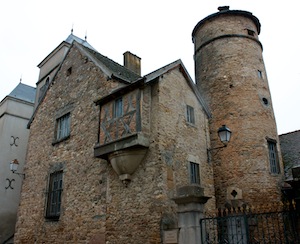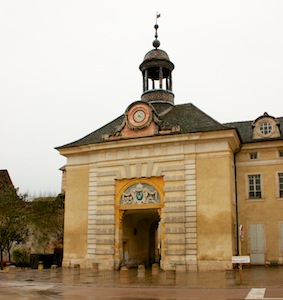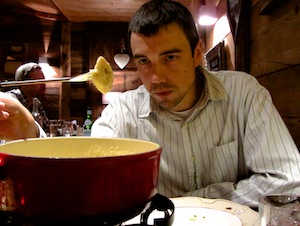There are many things I like about France. I like the tourism. I like the cheese, wine, and cuisine, for example. We have a good time driving around Burgundy on weekends visiting wine festivals in small historic villages.
However, France is a very hostile place to foreigners trying to live here. I do not mean the people. Though the French have always been known for their dislike for foreigners and their languages, and they are becoming well known for their racism recently, that stuff is another story for another time. Overall I have not had big problems with individual people and I find that people all over the world have similar desires, goals, and needs, and really we are all the same. What I want to rant about here is the bureaucracy, though I do recognize that it is really the emergent sum of the people.
Everything here takes forever and it is often done incorrectly. First, this is true with the government. We spend a lot of time at the local sous-prefecture (administrative office) dealing with slow and incompetent bureaucracy.
- It took us nearly a year to get our health insurance cards. We have heard stories of others taking a couple years. Sure we can still get medical care in the meantime, but it means that we must submit the paperwork ourselves. This is obviously not ideal when you cannot speak the language or understand the system, but this is what all immigrants deal with.
- The immigration system is awful, though probably better than that in the US. They take so long (on the order of several months) to issue visas so people often end up with what is called a recipisse. This is a receipt of an application for a visa. It is valid if the cops need to see paperwork while in France, but it is not valid for entry at the border. This means that they are giving foreigners, the very people who might have a reason to leave France a lot, a document that does not allow for them to leave France. Tiffany had one of these for almost 6 months. In her case, the short story is that they lost papers and were generally slow. The sous-prefecture told her that if she wanted to leave France she should just lie to the border control upon reentry. When you have one government office telling you to lie to another because their bureaucracy provides no way to obey all of the laws, then you are dealing with a “broken” country.
- Each employee at two different prefectures gave us a different story regarding my ability to legally drive with my license. Some of these people had a very wrong understanding of the basics of the law. This is ongoing and I hope to write more once it is resolved, but so far it has already been five months (with no driving) that we have been querying these authorities.
- I got a photo citation more than a year ago. I still haven’t been given a court date to appeal it. But don’t worry, they made me pay immediately so they have had my money for the whole time.
This is also true in the workplace. It is comically absurd how many things are broken in our building and in our organizational systems. I cannot usually blame any one guy. I believe that the problem is cultural throughout the organization.
- It took me about 3 months to get paid when I first started working here.
- I work at a national university, with campuses all over France. To hire a new researcher, the paperwork must be signed by the head of the entire university. (Yes, take a moment to think about how ridiculous that is.) So this means that every new contract has to go to Paris and wait to be signed, as part of a two month process. In some cases I guess people can start working in the meantime, but it is also a roadblock for getting visas.
- Countless things are actually physically broken. I have never before worked at a university where you cannot just call maintenance if something breaks. As an example, our building’s work centers around a large room full of virtual reality equipment, but unfortunately the light switches to that room barely work. It is nearly to the point where we will no longer be able to turn the main lights on in that room. The first switch failed in May (8 months ago)!
- I waited more than 3 months to get a key to my new office.
- When I go on missions, I sometimes get under-reimbursed. There is no recourse. At every level of the hierarchy, unless something goes horribly awry nobody cares about the misfortunes of others.
- I have a bunch of vacation days (which is great), but because the system is so complex (long story) I never know ahead of time how many days I have in order to plan trips far in advance. I can email the human resources people and they rarely reply, but if I did get ahold of them in most cases they will not know the answer either.
The French always talk about their quality of life. But I ask you: How high is my quality of life when I go months without a paycheck or the ability to drive? I think the French system is unrealistic. Though it is the largest country in Europe, it is a mere footnote when it comes to the world’s economy. There are lots of resources and a good strategic location, but with all of these inefficiencies the French are increasingly unable to compete with the world around them. For these reasons and others, I do not see a bright future for France and I believe the quality of life is going to go down before it goes up.





 Fromage
Fromage